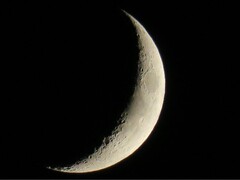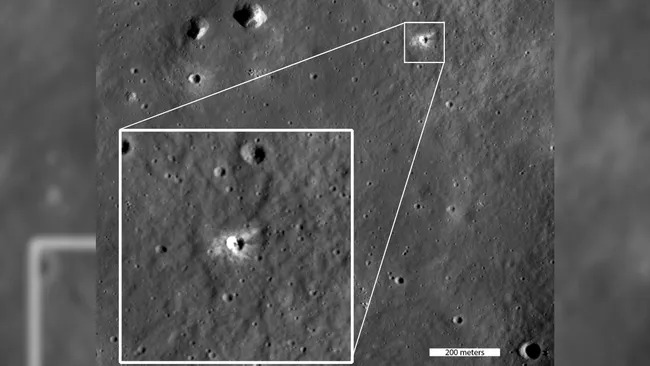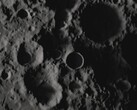While the Moon is Earth's natural satellite, it has many craters, some of which are easily visible. But recently, astronomers have discovered a new crater with a diameter of 22 meters, and this could be useful for the future of space exploration.
This discovery was made with the help of the Lunar Reconnaissance Orbiter Camera (LROC) on the LRO. And according to first observations, this impact ejected debris tens of meters from the crater.
But while this can be reminiscent of the two impacts observed by an amateur astronomer in early November, it appears that this event occurred between 2009 and 2012. However, it is necessary to specify that this crater is small and seems to be hiding among many others. Indeed, some are much larger, such as the South Pole–Aitken basin, which measures about 2,500 km in diameter.
But this discovery is extremely interesting for astronomers. It must be said that the next space missions will have to establish a colony on the Moon, and it is necessary to know the frequency of these impacts in order to protect future astronauts on this natural satellite, as stated in the press release:
"The LROC discovery of new craters is essential for understanding impact rates and crater degradation rates over time, as well as for planning safe, successful missions to the Moon."
In addition, this could help scientists to identify an ideal landing site in the near future, allowing many missions to succeed in the coming years.























